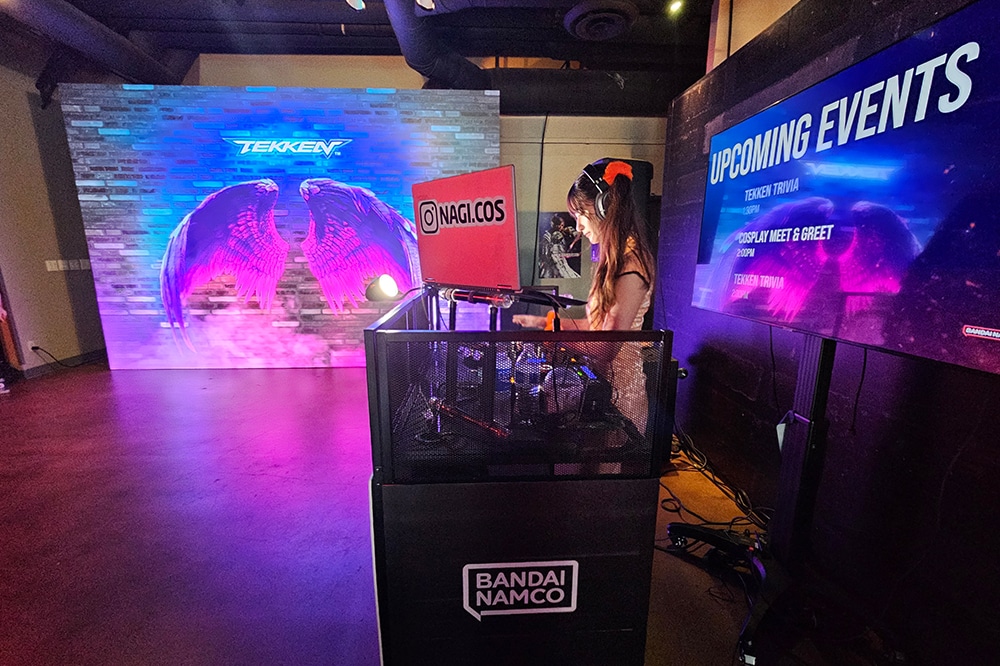Investigating The Way Resolution Affects the Functionality and Visual Caliber of LED Walls in Contemporary Display Technology
Investigating The Way Resolution Affects the Functionality and Visual Caliber of LED Walls in Contemporary Display Technology
Blog Article
LED screens are becoming more and more popular in various environments, including musical events and athletic events to corporate presentations and creative installations. One of the most important factors that affect the functionality and image clarity of these displays is image clarity. Image resolution denotes the quantity of picture elements that make up the image on the screen. Higher resolution indicates additional picture elements, which can result in clearer and clear images. Understanding how resolution affects LED walls can help operators make knowledgeable choices about their screen requirements.
When talking about image clarity, it is crucial to take into account pixel pitch, which is the distance between the midpoint of one picture element to the midpoint of the next pixel. A reduced picture spacing results in a higher image clarity, enabling more clarity in the visuals shown. For example, an LED wall with a pixel spacing of 1.5mm will offer a clearer image than one with a pixel spacing of 3mm. This is especially important in environments where viewers are near to the display, such as in a small venue or a trade show booth. In these cases, a greater resolution can significantly improve the viewing experience.
Another aspect of image clarity is its effect on color accuracy and luminosity. LED screens with higher resolutions often have superior hue reproduction, meaning that the hues shown are more vibrant and realistic. This is essential for uses like advertising, where the objective is to attract interest and communicate a message effectively. Additionally, greater image clarity displays can maintain luminosity levels even when seen from different angles. This is crucial in big venues where viewers may be positioned at different distances and angles from the screen.
The performance of LED walls is also influenced by resolution in terms of refresh rates and response times. A higher resolution display can handle faster refresh rates, which is essential for dynamic content such as videos and more info here animations. This means that the images on the screen will appear smoother and more fluid, enhancing the total observing quality. In comparison, lower image clarity displays may have difficulty with dynamic material, resulting in fuzziness or delay. Therefore, for occasions that depend on dynamic images, choosing a display with a suitable resolution is critical.
In conclusion, image clarity plays a crucial role in defining the functionality and image clarity of LED walls. Elements such as picture pitch, color precision, luminosity, update frequencies, and reaction durations all affect how efficiently a display can convey information and engage audiences. As advancements continues to progress, grasping these elements will help users select the appropriate LED screen for their particular needs, ensuring that they achieve the best potential outcomes in their displays and events.